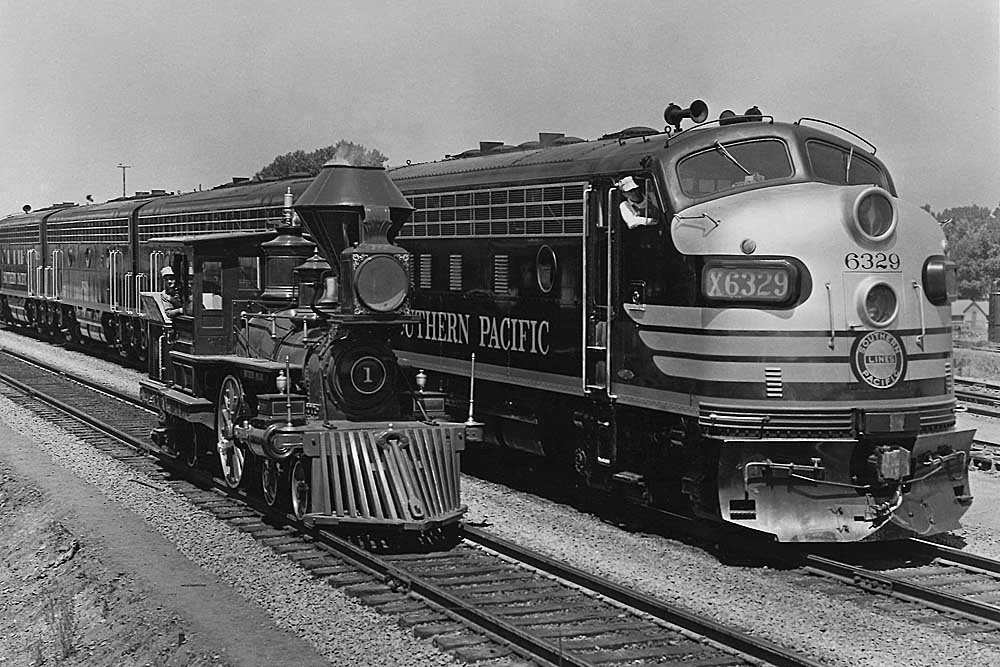
Classic Trains editors are celebrating the history, heritage, and style of the Southern Pacific Lines all through February 2022. So, please enjoy this photo gallery of Southern Pacific locomotives selected from the archives of Kalmbach Media’s David P. Morgan Library. Southern Pacific locomotives were among the most distinctive in North America. The SP was one of the only […]
Read More…

2022 steam locomotive list spring update: It’s time for the active steam list update. Since we debuted the list last fall, we’ve gotten great feedback, updates, and added to the list. New to the list is Southern Railway 2-8-0 No. 154 at the East Tennessee tourist carrier, Three Rivers Rambler, a part of Gulf & […]
Read More…
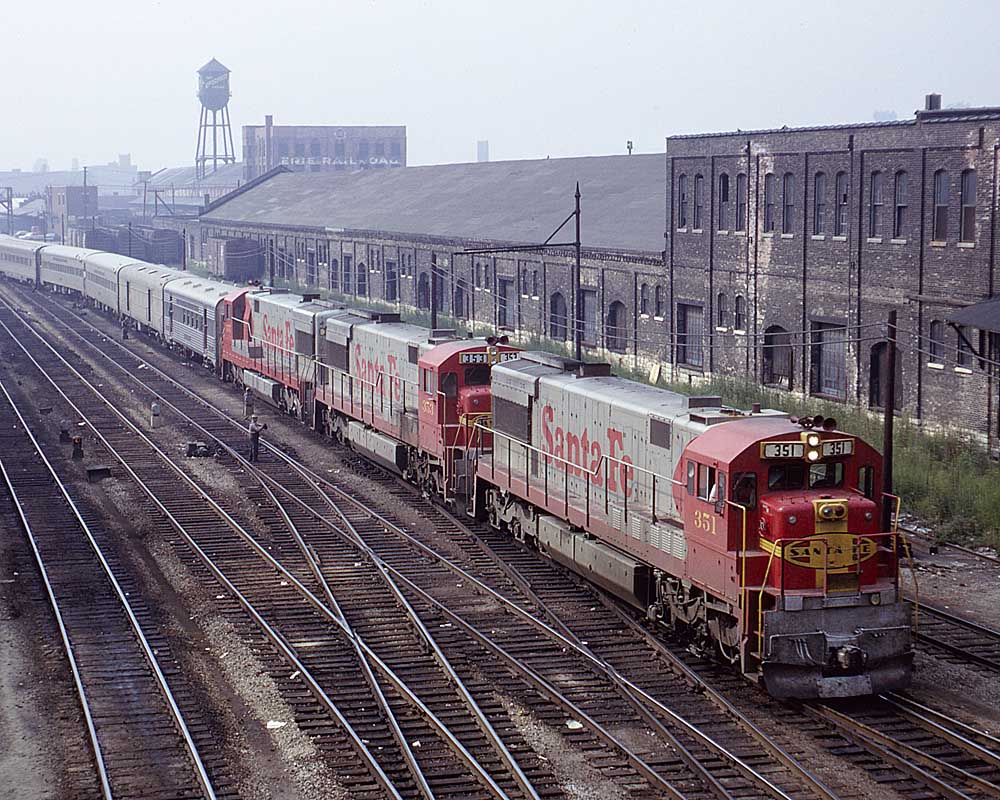
The General Electric passenger U-boats filled a niche in the 1960’s locomotive market. Santa Fe, like many Class I railroads at the time, was still proud of its passenger service. But its roster of suitable diesel locomotives was getting old and any thought of Amtrak was still years away. Keeping its aging fleet of silver […]
Read More…
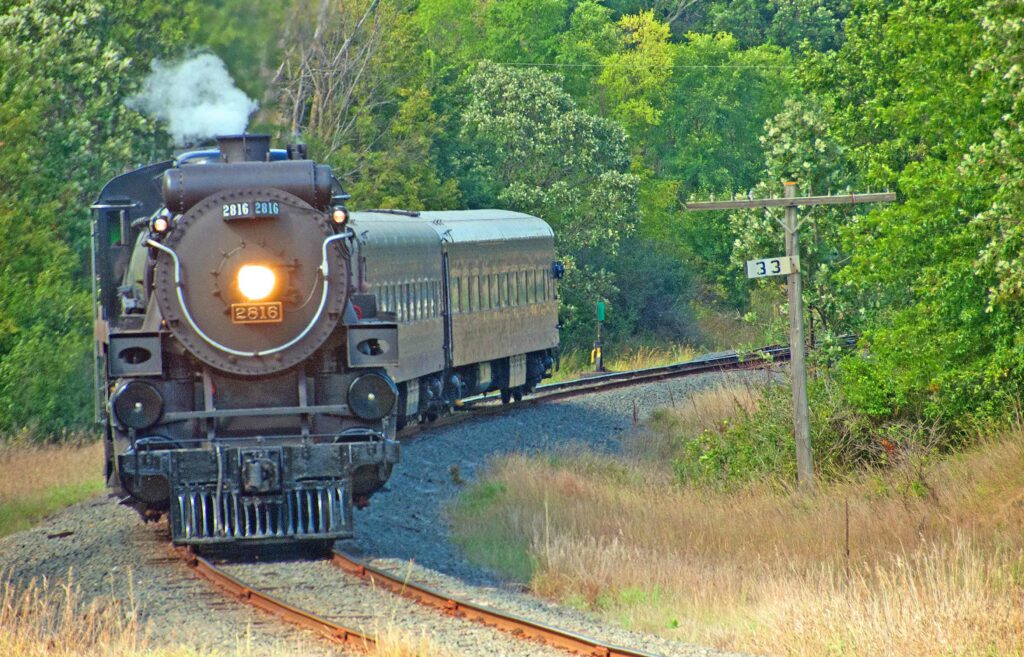
Introducing The Empress Canadian Pacific 2816 The Empress: Canadian Pacific President and CEO Rob Ritchie set the steam preservation world on its ear when in 1998 he revealed the railway’s plan to repatriate CP H1b Hudson No. 2816 from its long-time home at the National Park Service’s Steamtown museum and rebuild the 1930-vintage locomotive for […]
Read More…
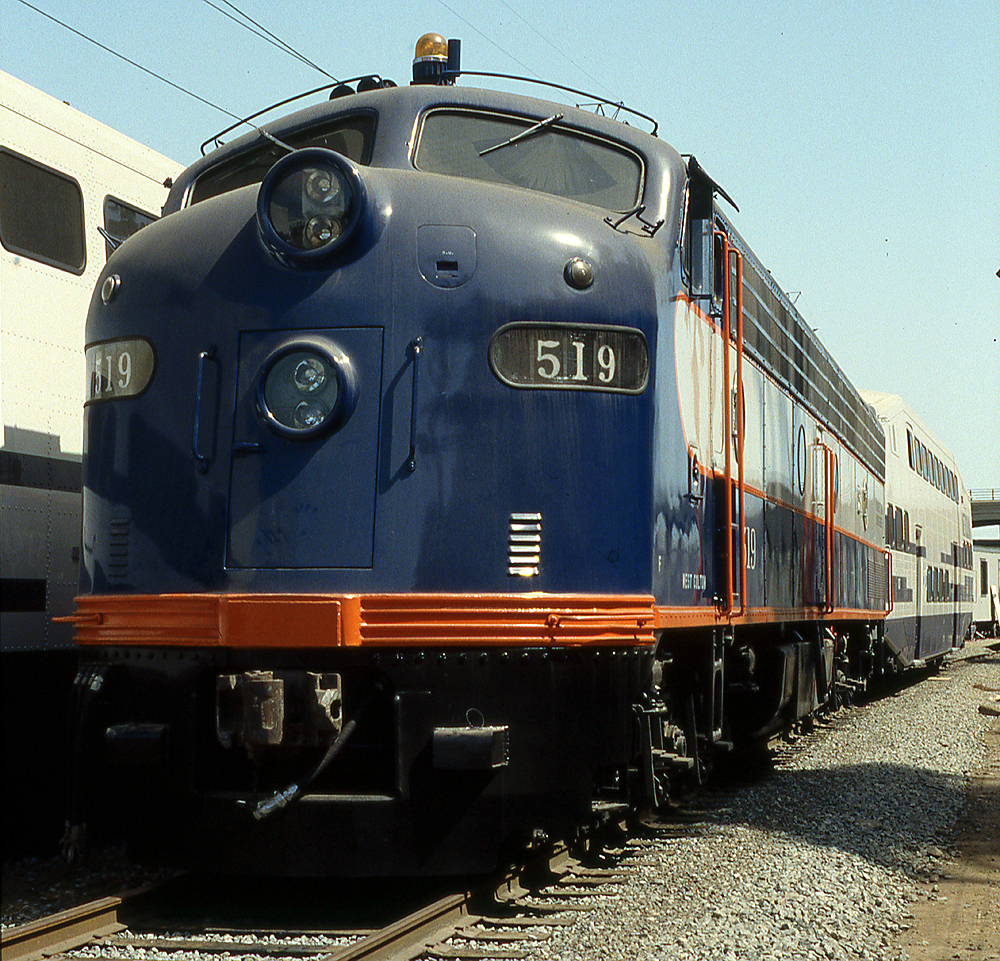
9 oddball diesel locomotives: Just when we think we understand the rationale behind particular railroad locomotive fleets, they like to throw us a ringer or two. Standardization is the key to a streamlined and efficient operating department, and while an endless parade of one particular model may become a little monotonous for fans, railroad accountants […]
Read More…
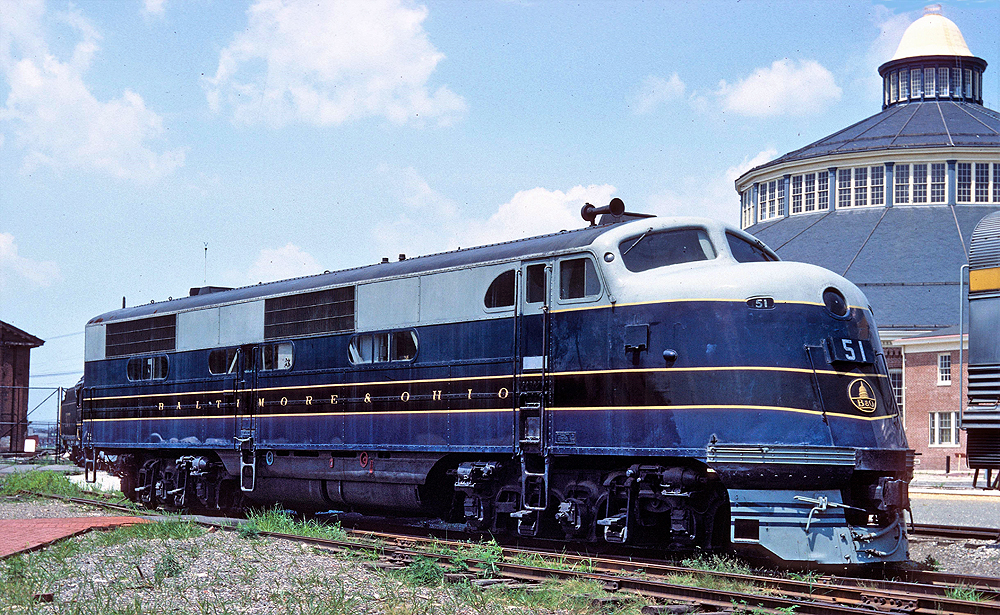
Historic diesel locomotives saved by the 2020s may be an odd lot of famous and barely memorable, but these units deserve our respect and attention just as much as the first batch. All of these, even the ones that proved to be technological dead ends, contributed in one way or another to the advancement and […]
Read More…
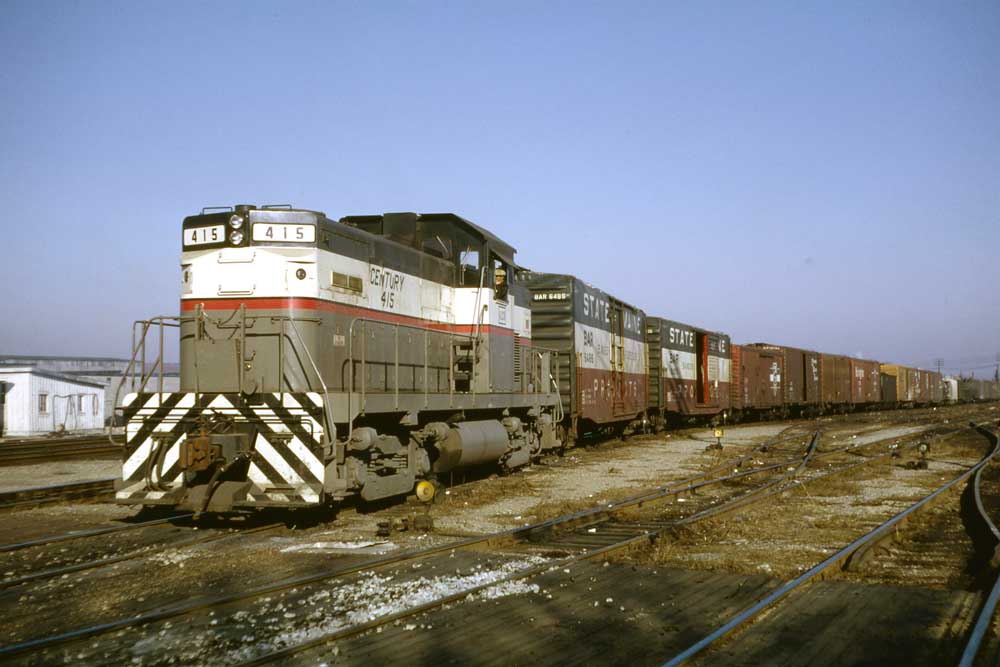
Alco C415 failure was not what the famed locomotive maker had in mind in the 1960s. At the time, Alco saw a need to revamp its switcher offerings and came up with the offset centercab configuration C415, which launched as a demonstrator in 1966. The arrangement separated the prime mover from the radiator on different […]
Read More…
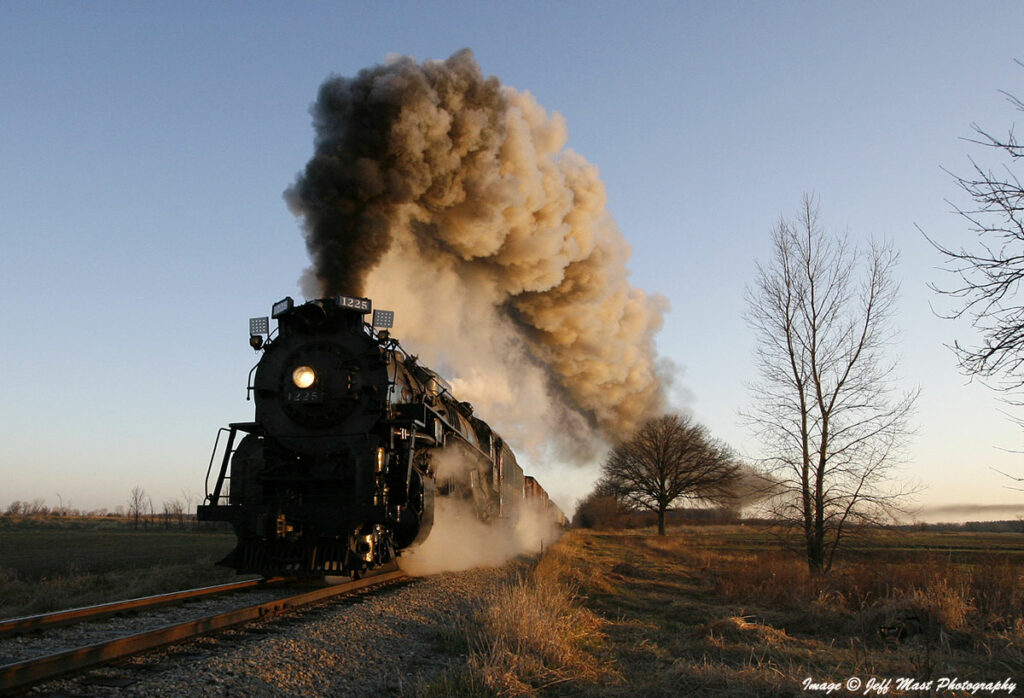
A Pere Marquette 1225 steam locomotive profile is long past due. Not only is it one of the most active mainline steam locomotives of the past 25 years it is also an iconic symbol of steam’s greatest technological leap forward: the development of Super Power technology, introduced in the 1920s by Lima Locomotive Works of […]
Read More…
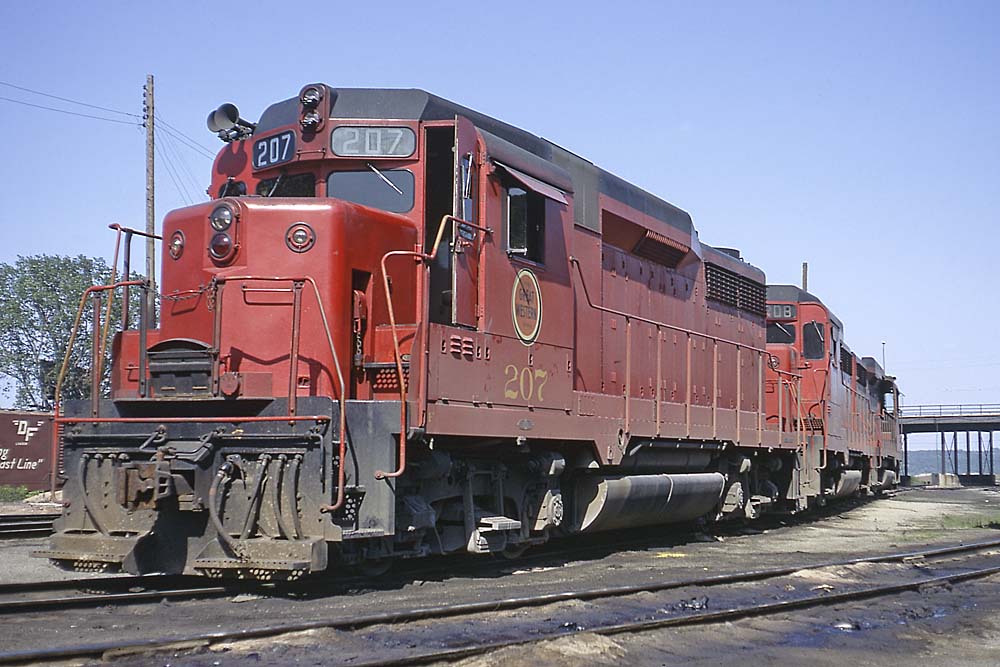
All through December, Classic Trains editors are celebrating the Midwest’s Chicago Great Western Railway. Please enjoy this photo gallery of CGW freight trains selected from the image archives of Kalmbach Media’s David P. Morgan Library. The CGW was considered one of the Granger railroads of the Midwest linking Chicago, St. Paul, and Kansas City. It […]
Read More…
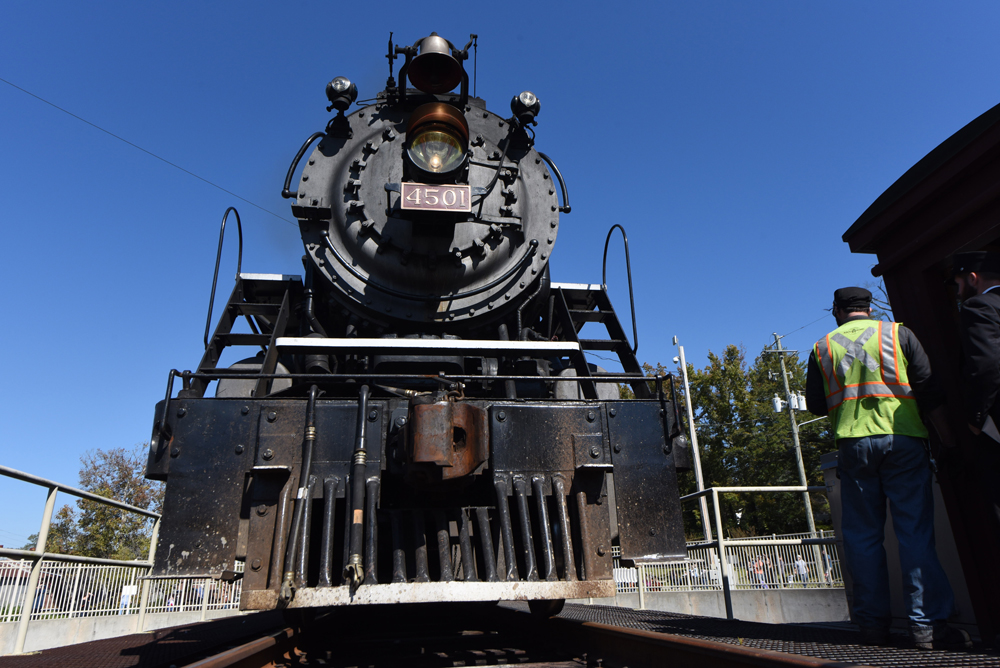
Southern Railway 4501. You could write a book about this locomotive, and indeed one has been done. If it were a fable, it would be the story of a commoner becoming royalty. This is a brief look at a once-ordinary, freight-hauling 2-8-2 made into a legendary excursion locomotive. Southern 4501 history Baldwin built No. 4501 […]
Read More…
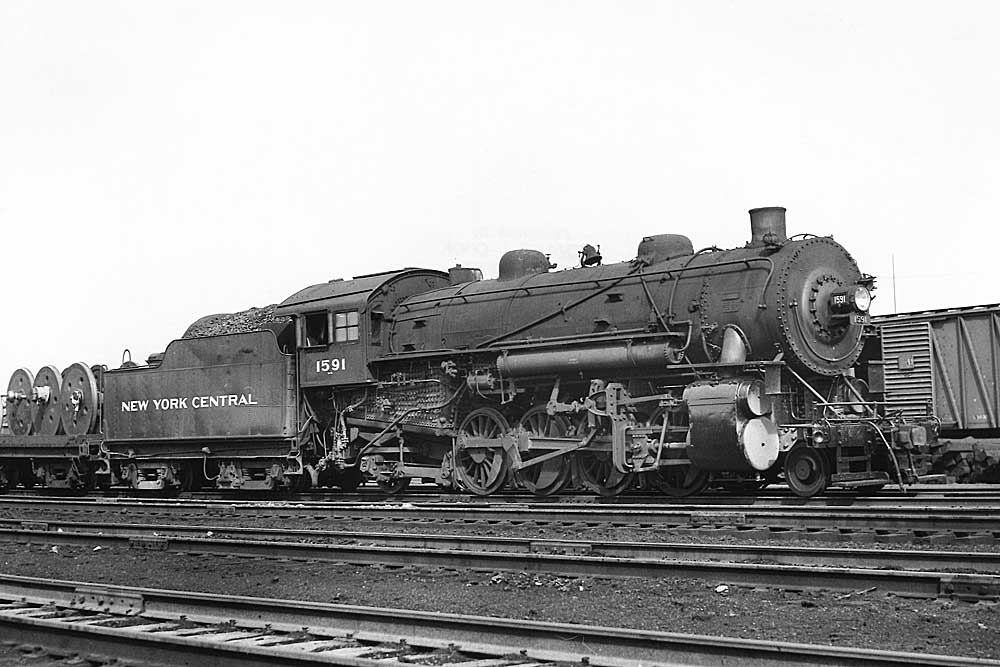
The 2-8-2 Mikado-type steam locomotive was the first with a firebox behind the drivers and supported by a trailing truck. Originally conceived by Baldwin Locomotive Works and the narrow gauge Interoceanic Railway in Mexico, the first U.S. Mikado was a 50-inch drivered Baldwin built in 1901 for the Bismarck, Washburn & Great Northern. In 1902, […]
Read More…
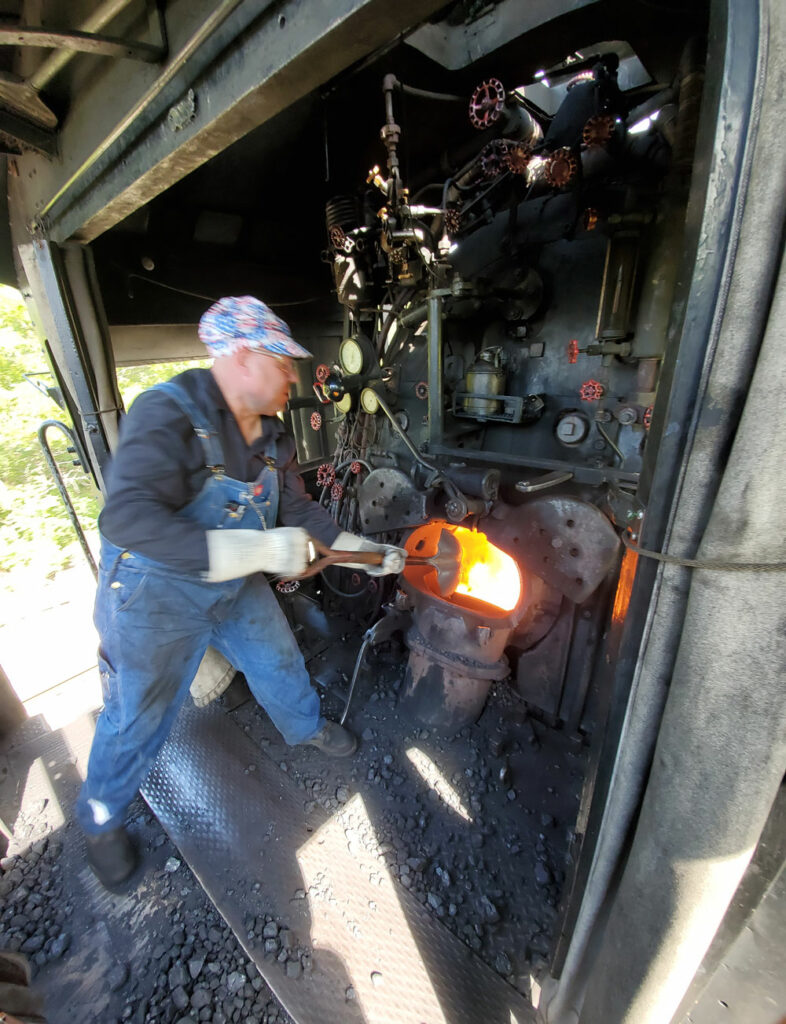
My Frisco steam locomotive cab ride came on Sept. 5, 2021. It was a first for me. I knew that it would be fun and that I’d like it, but what I didn’t know was exactly how much. It was a feast for the senses. My photos here may not be great or even capture […]
Read More…












